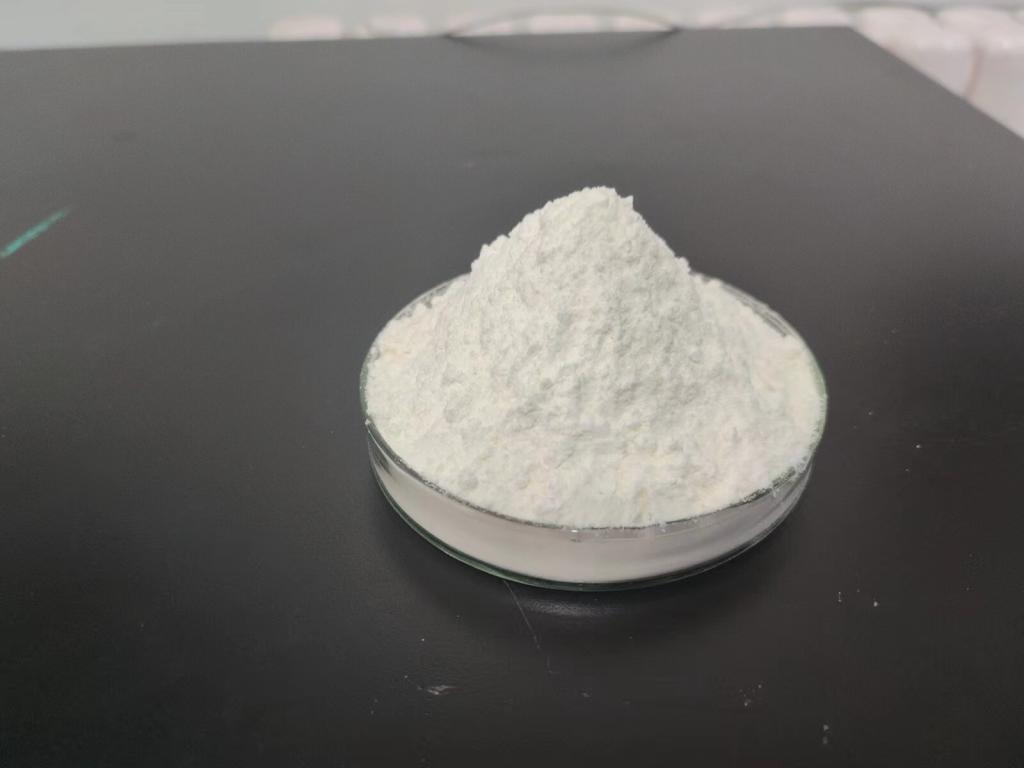Tel:+8618231198596

News
 CONTACT
CONTACT
 CONTACT
CONTACT
- Linkman:Linda Yao
- Tel: +8618231198596
- Email:linda.yao@dcpharma.cn
- Linkman:CHARLES.WANG
- Department:Overseas
- Tel: 0086 0311-85537378 0086 0311-85539701
News
The development of ε-Polylysine hydrochloride-based coatings for medical implants aims.
TIME:2024-03-20
The Need for Infection Prevention in Medical Implants:
Medical implants play a crucial role in modern healthcare, offering treatments for conditions ranging from orthopedic injuries to cardiovascular diseases. However, the introduction of foreign materials into the body poses inherent risks, including the potential for bacterial colonization and biofilm formation. Infections associated with medical implants can lead to implant failure, prolonged hospitalization, and even life-threatening complications such as sepsis. Therefore, mitigating the risk of infections is paramount to ensuring the success and safety of medical implant procedures.
Antimicrobial Properties of ε-Polylysine Hydrochloride:
ε-Polylysine hydrochloride is a natural polymer with potent antimicrobial properties, making it an attractive candidate for coating medical implants. Derived from the fermentation of bacteria, ε-polylysine disrupts bacterial cell membranes, leading to microbial death. Its broad-spectrum activity against a wide range of bacteria, including antibiotic-resistant strains, makes it an effective antimicrobial agent for combating infections associated with medical implants. Moreover, ε-polylysine exhibits low cytotoxicity and biocompatibility, minimizing adverse effects on host tissues.
Development of ε-Polylysine Hydrochloride-Based Coatings:
The development of ε-polylysine hydrochloride-based coatings for medical implants involves several steps, including material selection, coating formulation, and application techniques. Researchers have explored various approaches to incorporate ε-polylysine into implant coatings, such as physical adsorption, covalent bonding, and layer-by-layer deposition. These coatings can be applied to a wide range of implant materials, including metals, ceramics, and polymers, providing a versatile solution for infection prevention in diverse medical devices.
Biocompatibility and Host Response:
One of the key considerations in the development of ε-polylysine hydrochloride-based coatings is their biocompatibility and interaction with host tissues. Studies have shown that ε-polylysine coatings exhibit minimal cytotoxicity and inflammatory response, indicating their compatibility with host cells. Moreover, ε-polylysine has been found to promote tissue integration and wound healing, further enhancing the biocompatibility of coated implants. These findings support the use of ε-polylysine-based coatings as safe and effective strategies for infection prevention in medical implants.
Applications in Medical Implants:
The potential applications of ε-polylysine hydrochloride-based coatings in medical implants are vast and diverse. In orthopedic implants such as joint prostheses and bone screws, ε-polylysine coatings can reduce the risk of surgical site infections and implant-associated osteomyelitis. Similarly, in cardiovascular implants such as stents and cardiac pacemakers, ε-polylysine coatings can prevent bacterial colonization and biofilm formation on device surfaces. Moreover, ε-polylysine coatings have potential applications in dental implants, urinary catheters, and wound dressings, offering multifaceted solutions for infection control in various clinical settings.
Future Prospects and Challenges:
The development of ε-polylysine hydrochloride-based coatings for medical implants holds great promise for improving patient outcomes and reducing healthcare-associated infections. However, several challenges remain, including optimizing coating properties, ensuring long-term stability, and addressing regulatory requirements for clinical use. Moreover, further research is needed to elucidate the mechanisms of action, pharmacokinetics, and long-term safety of ε-polylysine coatings in vivo. By overcoming these challenges, researchers can unlock the full potential of ε-polylysine-based coatings as a frontline defense against implant-related infections.
Conclusion:
ε-Polylysine hydrochloride-based coatings represent a novel and promising approach to infection prevention in medical implants. Leveraging the antimicrobial properties and biocompatibility of ε-polylysine, these coatings offer a versatile solution for mitigating the risk of infections associated with implantable devices. As research continues to advance, ε-polylysine coatings have the potential to revolutionize the field of implantology, improving patient outcomes and enhancing the safety and efficacy of medical implant procedures. By harnessing the power of ε-polylysine, we can pave the way towards a future where infections are no longer a barrier to the success of medical implants.
- Tel:+8618231198596
- Whatsapp:18231198596
- Chat With Skype







